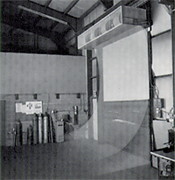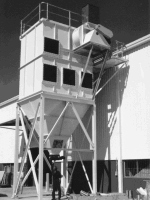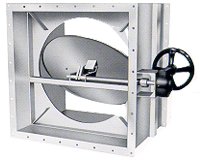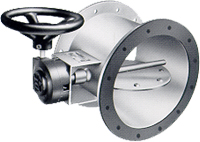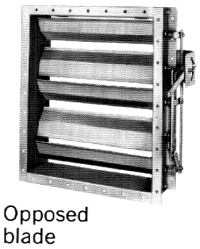Air Systems
Air Curtains
Industrial and commercial high velocity air curtains
Non-heated and electrically / hot water / steam / gas heated aircurtains
Environmental air barriers
Wind stop air curtains
Insects stop aircurtainss
Above door and side mounting options
Dust Collection Fan Systems
Cyclone and cartridge type dust collctors
Fume extractor fans
Air Scrubbers
Local fume exhaust ventilator systems
Dampers and Actuators
Fan and blower air dampers
Isolation / flow diverter dampers
Louvers and shutters
Air Systems
High penetration blow-off air-knives and blower air-cannons
Air curtains / gas gates / air screen fans
Material handling & pnematic conveying blower systems
Silencers and Fan Enclosures
Blower and fan silencers
Metal & FRP ventilation systems
Vibration eliminators and acoustial blower enclosures
HVAC Controls
Electric & pnematic fan damper actuators
Motorized Blower Valves
Fan VFDs
